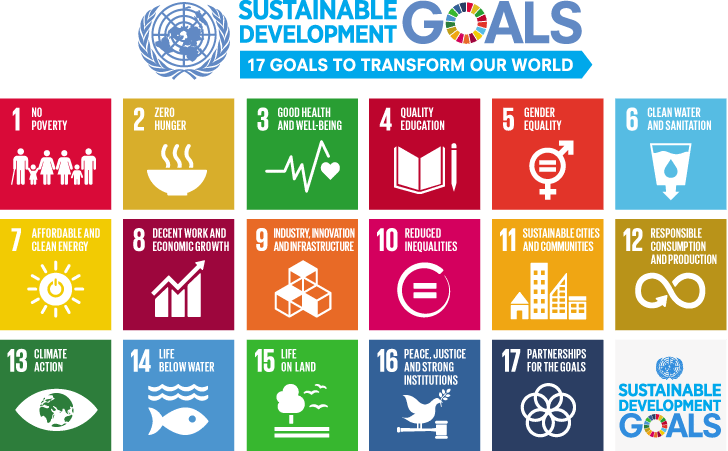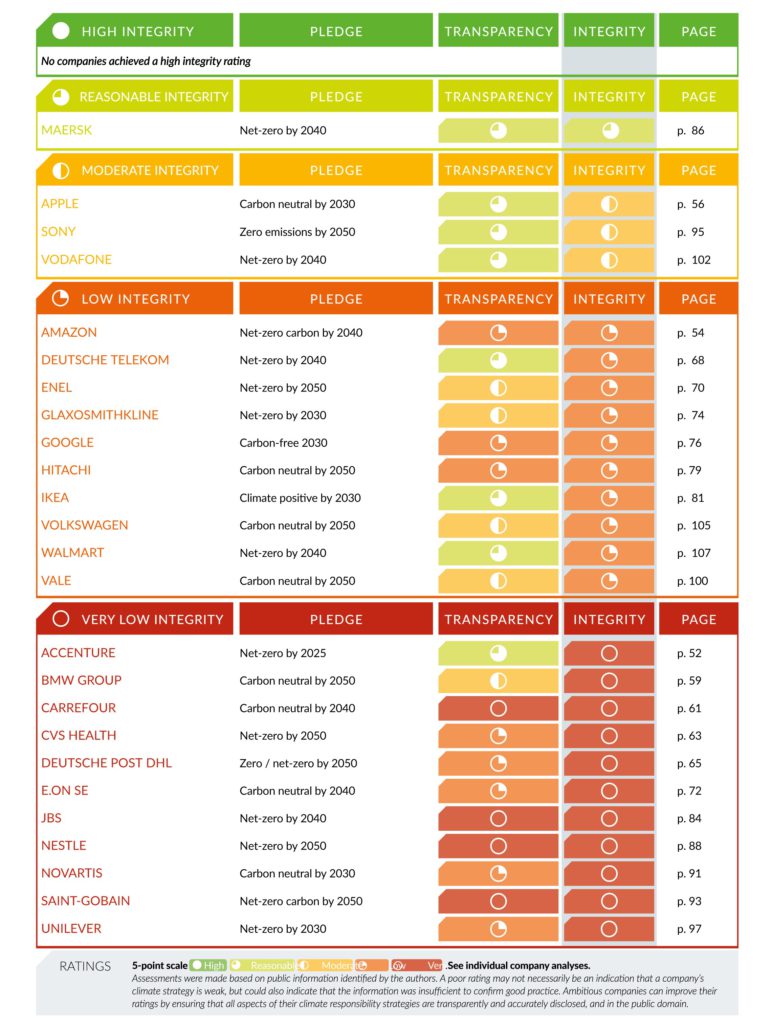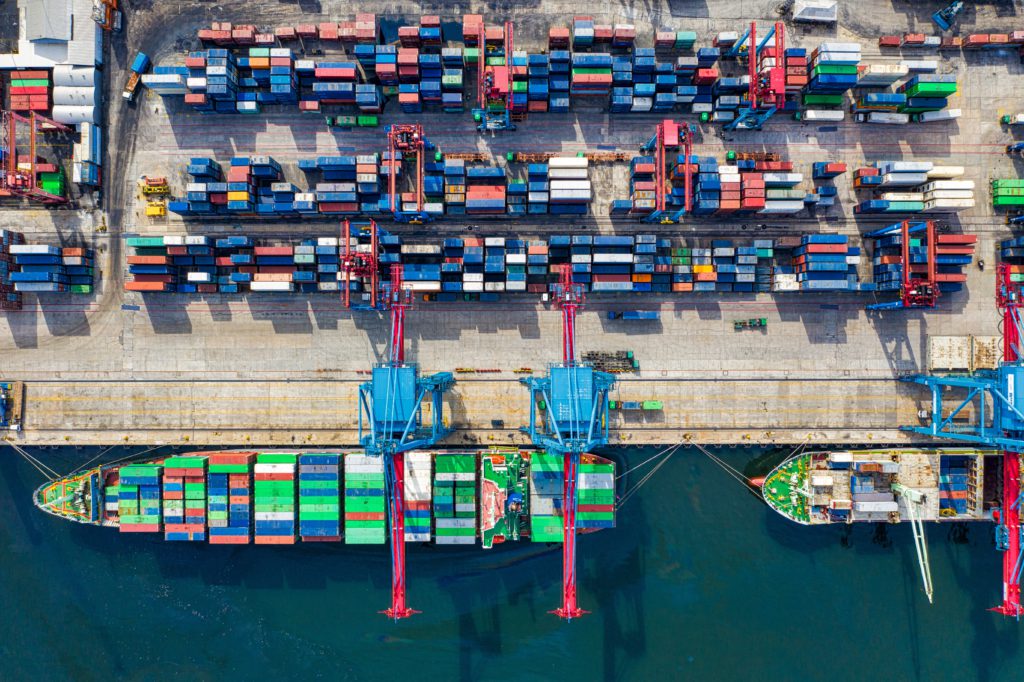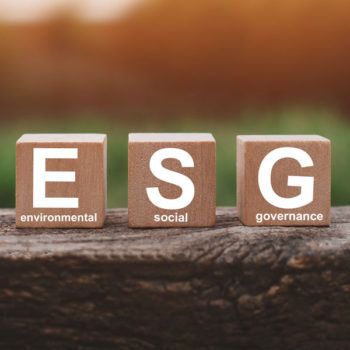|
|
United Nations members came together in 2015 to create a plan promoting peace and prosperity for all people, now and in the future. They developed the 17 Sustainable Development Goals (SDGs) to be met by 2030.

The 17 SDG goals focus on maintaining environmental, economic and societal sustainability. Companies worldwide pledged to create a more sustainable future. Unfortunately, a report conducted last year by NewClimate Institute suggests they have only reduced emissions by 40%, far from when companies often claim to achieve net zero or 100% carbon neutrality.
What Is a Sustainability Pledge?
Sustainability refers to maintaining a process continually without endangering future generations and the environment. A sustainability pledge refers to a company’s commitment to sustaining its production process while keeping present and future generations safe. This pledge applies to people and the environment.

Gas Emission Scopes
Emissions directly influence a company’s sustainability. Three scopes encompass the production process. Businesses can become greener by focusing on and addressing these levels.
Scope One: This level encompasses emissions from company-owned and controlled operations. Examples include fumes released by vehicles and machinery.
Scope Two: This includes any indirect energy emissions from purchased products, including electricity and fuel. They are not released at the company itself. Scope two emissions are usually scope one at a business partner.
Scope Three: These are other indirect emissions not considered by the company and their influence on sustainability. This could include supplies, couriers and transport, and people using the business’s products. Scope three emissions are factors not mentioned in scope two and are divided into two categories — upstream and downstream.

Why Are Scope Emissions Important?
New Climate Institute’s Corporate Climate Responsibility Monitor 2002 says only a handful of the 25 companies focus on scope three emissions. The report also states that scope three accounts for 87% of the total output. Companies that focus more on this level of sustainability would increase it dramatically.
Many companies focus mainly on scope one and two emissions because they’re easier to track and reduce. The total impact of scope three emissions isn’t always clear and visible, making improving more challenging.
Many companies are finding it challenging to maintain and uphold their sustainability pledges. However, more factors are at play.
Reasons Why Companies Are Falling Behind on Their Sustainability Pledges
Companies face several challenges that make it difficult to uphold their sustainability pledges. Predicting how the economy and consumers will react to a change in a business’s production process is hard.
Lack of Alignment Within Companies
Sustainability, at its core, is very complex. Leadership teams and executives do not always see eye to eye on what steps to take to make a significant change. An imbalance between long- and short-term goals can also lead to a company’s inability to maintain its level of sustainability.
The Financial Aspect
A company simply cannot write down sustainability goals and dive in head first. An intensive and comprehensive approach is required. A business’s longevity and success also need to be taken into consideration.
This is where short-term company goals and long-term ESG goals come into play. Failure to consider these can make it challenging for businesses to reach their sustainability goals.
A chief sustainability officer (CSO) could be hired to help with this matter. A CSO considers the impact a business has on the environment. They make decisions with the aid of the executive team and CEO to increase sustainability while paying attention to company goals.
If you don’t have an in-house financial director, also hire an outsourced CFO to assist your CSO to consider the impact of sustainable efforts on the organization’s economic performance.
Ambitious Goal-Setting
Although companies have made strides to increase sustainability, ambitious goal-setting is a major challenge. Standards set too high are challenging to maintain and impact the company. KPIs must be in place so businesses can accurately measure and track their progress to reach their pledge.
Scope Three Emissions
Scope three makes up the largest of emissions. Companies need comprehensive data to accurately track and reduce them. Instead of mainly applying their focus on the first two scopes, they should set goals to accurately measure, track and lower scope three emissions. Businesses that do so could drastically increase their sustainability and uphold their pledges.
Unsustainable Energy Sources
Many companies are finding it challenging to uphold their sustainability pledges due to the type of energy they use when producing their products. Unsustainable resources like coal and natural gas can be depleted over time and eventually become harder to come by. Thus, businesses should look into renewable energy resources promoting sustainability and providing long-term energy solutions.
Progress in Sustainability Pledges
Climate change has sharpened the worldwide focus on sustainability. It is a complex goal that must be addressed with a holistic approach. Even though companies face many challenges with their pledges, the right mindset and smart business practices make a huge difference.













No Comments